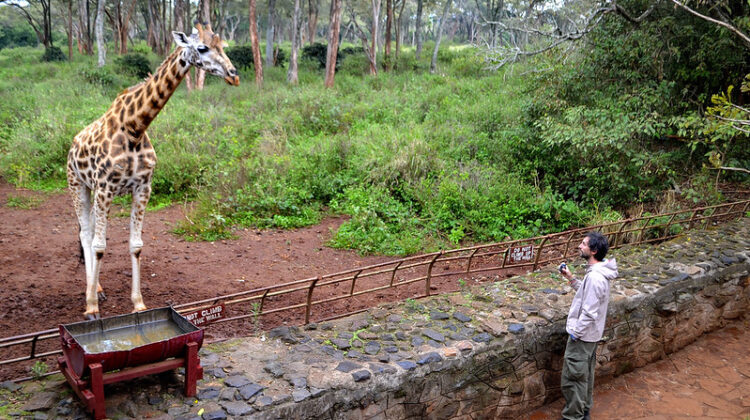
Kenya Wildlife Parks
Kenya Wildlife Parks, Savannahs that roll. Peaks covered in snow. Wide, green plains and woods. Kenya is full of different kinds of scenery. The country’s status as a great place for safaris is well-deserved, thanks to its diverse landscapes that are home to a wide range of animals.
There are all kinds of animals here, but the “Big Five” animals of Africa—the lion, the leopard, the elephant, the buffalo, and the rhino—may be the most sought-after group. All of these can be seen in Kenya’s best parks:
Tsavo East national park
Amboseli National park
Samburu national park
Masai Mara National Reserve
No other park has as many lions, leopards, and cheetahs stalking the rolling fields as Masai Mara. This makes it the best place to see these exciting animals.
Rhinos have been badly reduced in number across Africa because of poaching, but they are making a strong comeback in Kenya thanks to strict conservation efforts. These parks and areas have more and more black and white rhinos for safari-goers to see:
Tsavo West National Park
Meru National Park
Lake Nakuru National Park
Old Pejeta Protected Area
Perhaps no animal better shows the beauty and glory of Africa than the noble elephant. You can see a lot of these huge, smart animals at Amboseli Park, where they march in front of the famous Mt. Kilimanjaro. You can also see up to 1000 of them at Samburu Park, which is to the north. Elephants in Tsavo East love to roll around in the red-oxide dirt in the park, which gives their fur a dusty rose color.
There is no better time to see wildebeest and zebra than during the Great Wildebeest Migration in the Masai Mara Game Reserve. It’s like seeing rivers of these attacking grazers. Crossing the Mara River, up to two million of them go through the park’s vast fields, where they give birth and try to stay alive every year. Their paths make lines of wildlife that go on forever. We often run wildlife tours that let people see The Great Migration.
Of course, a tour in Kenya wouldn’t be complete without some time to watch monkeys and baboons play. You can find these playful and curious animals in places with lots of mountain, coastal, and tropical forests:
Aberdare National Park
Kakamega Forest Reserve
Lake Nakuru National Park
Shimba Hills National Reserve
Arabuko Sokoke Forest Reserve
Also, Ol Pejeta Conservancy is the only place in Kenya where you can see chimps in their natural environment. These animals are very smart.
African Safari Kenya trip guides know how to find all the species you’ve come to see, no matter which parks and reserves you choose for your trip. You will be taken on an adventure with them that includes seeing the beautiful wildlife that Kenya has to offer. It’s now time to choose the best Kenya tour trip.
Kenya Wildlife Parks
THE AFRICAN LION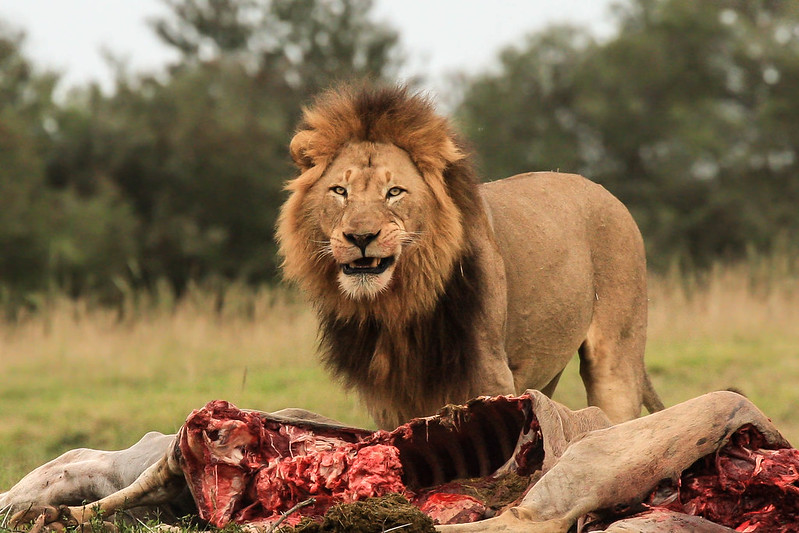
(Part of the Big Five and the Big Cats)
NAME OF THE ANIMAL: Panthera Leo
125 to 272 kilograms (277 to 600 pounds)
SIZE: 1.2 meters (48 inches) tall at the shoulder and 2 to 3.3 meters long
LIFE SPAN: 10 to 18 years in the wild. Up to thirty years in jail.
HABITAT: Open woods and grassy fields
DIET: They eat meat.
STATION: About 109 days on average
PREDATORS: People
The lion is the most powerful animal in the Savanna grasslands. It is the top of the food chain and a sign of power. People are afraid of them the most in the African bush. They have teeth that can easily tear through the bones and muscles of their prey.
A bull-sized animal can be killed by them. Lions live in groups called prides. The pride is made up of female lions, or lionesses, who hunt for food for the pride.
It is the male lions’ job to protect the pride, and they fight to be the first in the pride to mate. You can find it in Nairobi National Park, Tsavo East National Park, Mazai Mara Game Reserve, and Nakuru National Park.
THE AFRICAN ELEPHANT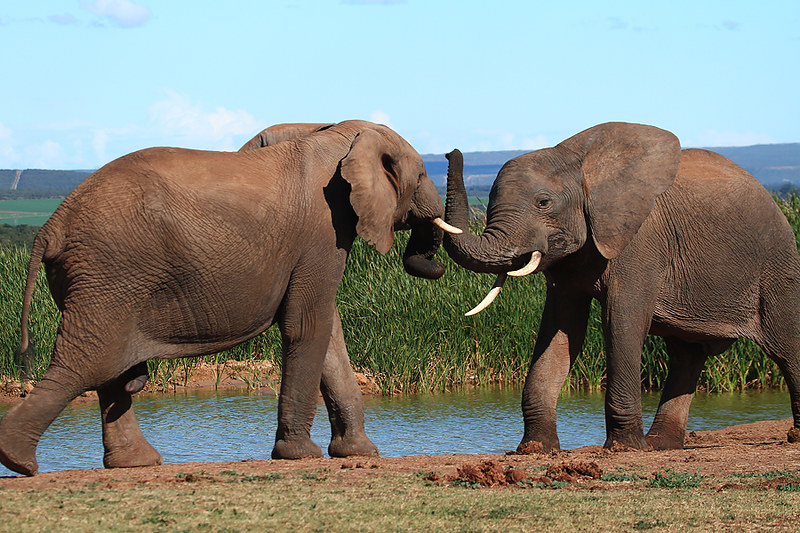
(One of the “Big Five”)
Loxodonta africana is its scientific name.
FROM 2,000 KGS TO 6,100 KGS (about 2 TO 7 TONS)
HOW BIG IT IS: Up to 13 feet (4 meters)
60 to 70 years old
Open and closed savannas, meadows, and dry deserts are where they live.
FOOD: They eat plants.
LENGTH: About 22 months
PREDATORS: People and sometimes lions or hyenas
African elephants are the biggest land animals in the world. This well-known animal has two known subspecies: bush (or grassland) and forest. The African bush elephant is bigger and has tusks that curve outward. Their forest-dwelling cousins are darker and have tusks that are straighter and point downward.
There are places where you can see them, like Masai Mara National Reserve, Tsavo East National Park, Nakuru National Park, and Amboseli National Park.
They will live almost anywhere there is plenty of food and water. Their groups are spread out across the savannas of sub-Saharan Africa. About 70% of their range is on land that is protected.
Their long nose is their trunk, which they use to breathe, smell, drink, call, and grab things. It’s also how they clean their bottoms. To stay hydrated, they groom themselves by covering themselves in mud or water with their legs. On the tips of their legs, there are two extensions that look like fingers. They use these to hold on to small things. They also show love for each other by touching and caressing each other a lot with their trunks.
Being big, it’s no surprise that they love to eat. Elephants spend most of their day walking long distances to find grasses, fruits, roots, and bark to eat. In one day, they can eat up to 300 pounds (136 kg) of food and drink 30 to 50 gallons (113 to 190 liters) of water.
These animals are very social, a lot like humans. They live in small families with an older matriarch and often several generations of female relatives. Once they are fully grown, males usually live alone, but sometimes they live with three or four other bulls. They take care of weak or hurt members and even seem to be sad about the deaths of friends.
People have long been interested in the big wooden tusks on either side of their faces, which they use to find food and water. A complex international network of traffickers supplies the ivory trade, which is driven by people’s desire to buy goods made from tusks. People kill this famous animal for its ivory tusks, which are then sold and used to make jewelry, crafts, musical instruments, and even holy items. At the rate of poaching that is happening now, groups may go extinct in the wild before we die.
Almost no other animal gives birth to a baby that lasts longer than them. Cows usually only have one calf every three to six years. Calves are held for about 22 months. Their rate of regrowth is only 5 to 6 percent per year, while the rate of poaching is 8 to 9 percent, so the population is actually going down. Extinction is a very real risk if hunting doesn’t stop.
AFRICAN LEOPARD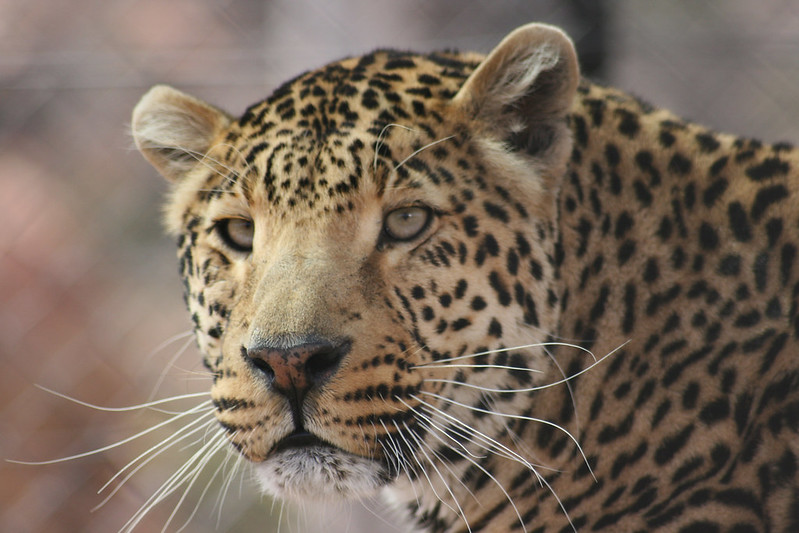
(Part of the Big Five and the Big Cats)
Name in science: Panthera Pardus
Weight range: 17 to 65 kg (37 to 143 lb)
LENGTH: 1.6 to 2.3 meters (5 to 7.5 feet) about 2 to 5 feet tall, or 60 to 70 inches.
LIFE SPAN: In the wild, they usually live 10 to 12 years. As long as 23 years in jail.
OCCUPATIONAL AREA: Arid and semi-arid areas, savanna fields, mountainous areas, rainforests, and sometimes cities.
DIET: They eat meat.
2.5 months of gestation
The famous “BIG Five” animals are the lion, the African elephant, the buffalo, and the rhinoceros.
These big cats that eat meat have strong bodies with long bodies, relatively short legs, and a broad head.
There are nine subspecies, and you can tell them apart by the color of their fur, which can be tawny or light yellow in warm, dry places and reddish-orange in dense woods. Their fur has dark, bumpy spots on it that are called rosettes.
In leopards from east Africa, these spots are round, but in leopards from south Africa, they are square.
THE AFRICAN CHEETAH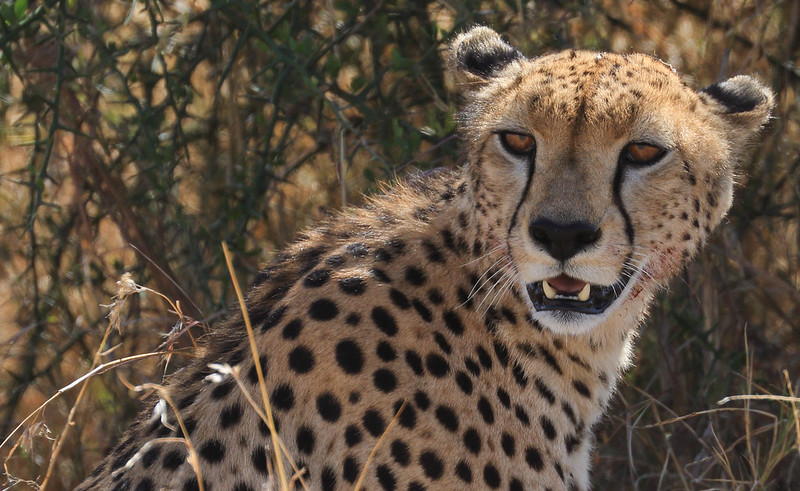
(One of the Big Cats)
ACINONYX jubatus is its scientific name.
Weight range: 20 to 72 kg (45 to 160 lb)
LENGTH: Between 45 and 60 inches (1 to 1.5 meters) 30 inches (8 feet 6 inches) at the shoulder
LIFE SPAN: Most records show that a female can live for 14 years and 5 months in the wild, while a male can live for about 10 years.
A lot of different types of habitats, from dry woods and thick scrubs to grasslands and the Sahara desert.
FOOD: Carnivores
STAGE: About three months
Predators include eagles, people, hyenas, and lions.
The Cheetah is the world’s fastest land animal. The fastest they can go is 70 miles per hour (113 km/h). They are a type of big cat that lives in the Savanna areas. After running about 300 meters, they’re out of steam, and it would take them more than 30 minutes to cool down before they could hunt again.
It lives in Nairobi National Park, Tsavo East National Park, Masai Mara Game Reserve, and Nakuru National Park.
THE AFRICAN BUFFALO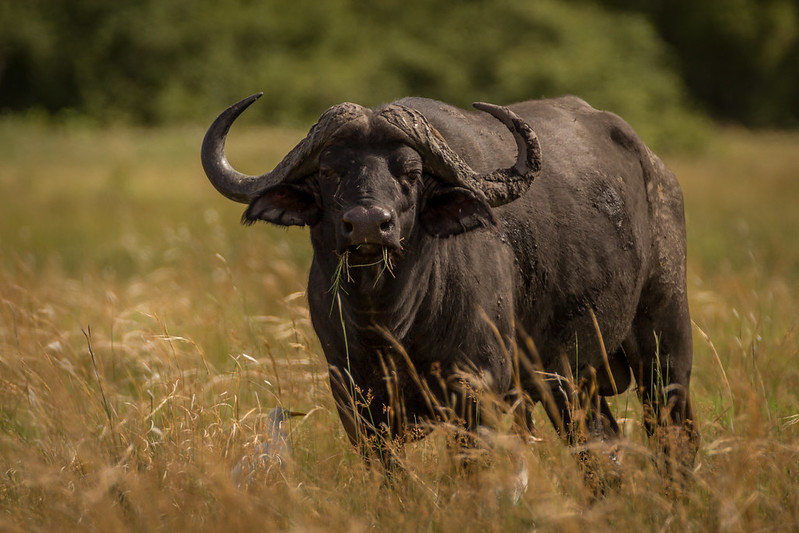
(One of the “Big Five”)
Name in science: Syncerus caffer
WEIGHT: Between 660 and 1,840 pounds (300 to 835 kilograms)
SIZE: About 4 to 5 feet tall (1 to 2 meters)
11 to 22 years in the wild
HABITS: From dense forests to wide open fields
FOOD: They eat plants.
LENGTH: 11 to 12 months
People, lions, leopards, hyenas, and African wild dogs are all predators.
This is a big cow from sub-Saharan Africa. It’s called an African buffalo or Cape buffalo (Syncerus caffer).
The Buffalo is one of the “Big five” animals. It lives in groups called “herds” and is wild and mean. It is known that when they are in a group, they will kill lions to protect one of their own when the lions try to eat it.
Here are some places you can find it: Tsavo East National Park, Nakuru National Park, Nairobi National Park, Hells Gate National Park, and Masai Mara game reserve.
THE AFRICAN RHINO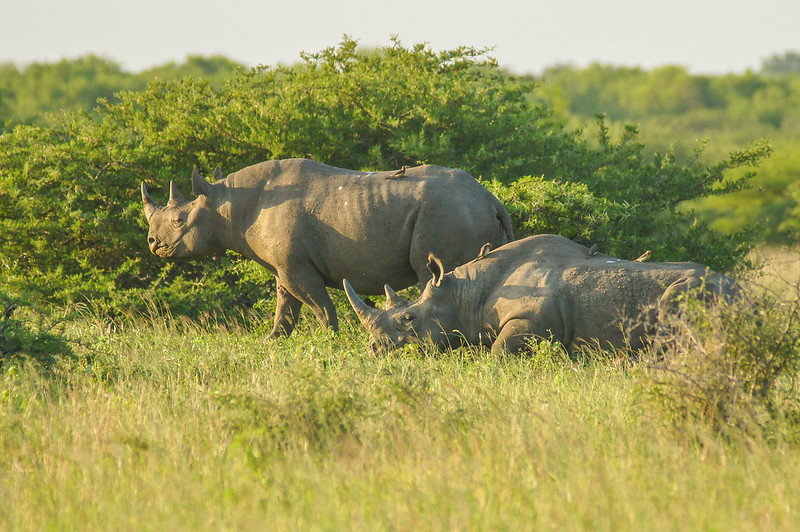
(One of the “Big 5”) NAME OF THE SCIENCE:
Diceros bicornis is black, and Ceratotherium simum is white.
HOW MUCH WEIGHT:
Black: 1 to 1.5 tons (2,000 to 3,000 pounds)
White: Over 2 tons (4000+ lb.)
SIZE: Shoulder to hem measures about 60 inches
35 to 40 years of life
LIVING AREAS: Grasslands and open grass
FOOD: They eat plants.
16 months of gestation
PREDATORS: People
This animal is one of the rarest in Kenya because its horns are illegally traded. In Kenya, there are two kinds of rhinos: black rhinos and white rhinos.
Rhinos only have two babies every five years, which is why there aren’t many of them. In Kenya, most of the rhinos live in sanctuaries and national parks that protect them.
THE AFRICAN ZEBRA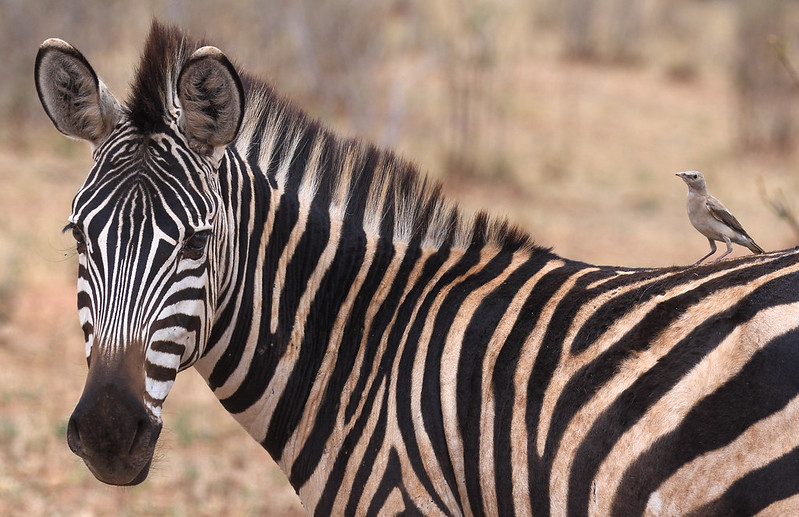
Equus Quagga is its scientific name.
Weight: between 250 and 300 kg (550 and 700 lb)
SIZE: It’s about 1.5 meters tall, which is 4.5 feet.
20 years in the wild, up to 40 years in captivity
WHERE IT LIVES: Savannas and grasslands
FOOD: They eat plants.
13 months of gestation
PREDATORS: People, lions, cheetahs, hyenas, hunting dogs, leopards
They are one of the animals that are most often eaten by big cats and other animals that hunt birds. In the Masai Mara National Reserve, you can see them with the wlidebeest during the great migration because they live in big groups.
You can find them in almost all of Kenya’s big parks and game reserves. They eat plants.
THE AFRICAN IMPALA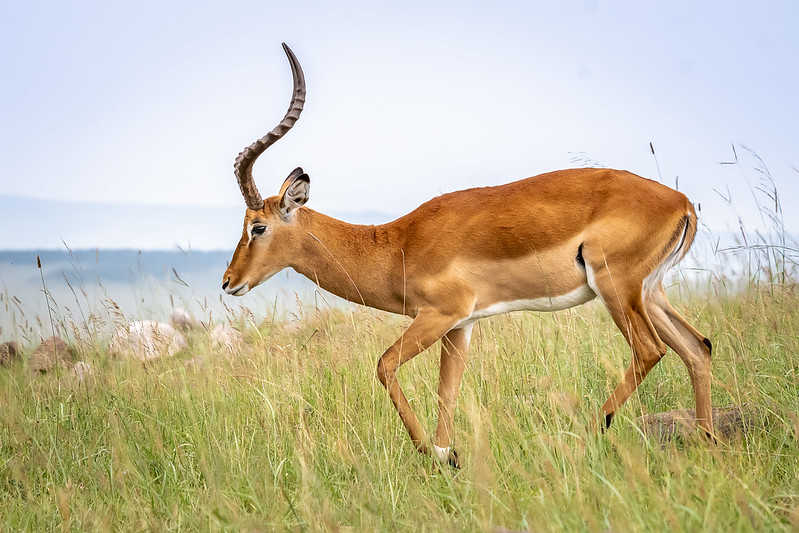
Aepyceros melampus is its scientific name.
HOW MUCH: 40 to 60 kg (90 to 130 pounds)
SIZE: It’s about one meter tall.
LIFE SPAN: Elsewhere, they live an average of 13 to 15 years, but 17.
HOSPITAL: Light forests, savannas, grasslands, and shrublands
FOOD: They eat plants.
This process takes between 6 and 7 months.
PREDATORS: people, hunting dogs, lions, leopards, cheetahs, and hyenas
The impala is a medium-sized antelope in Africa. In the savanna, the impala lives in fields and forests near water. It is a mixed forager, which means it eats both plants and leaves.It changes from grazing to wandering based on the time of year and where it lives. Water is an important thing to have. Impala can run quickly and jump very high, up to 3 m (9.8 ft) higher than anyone else.
THE AFRICAN GIRAFFE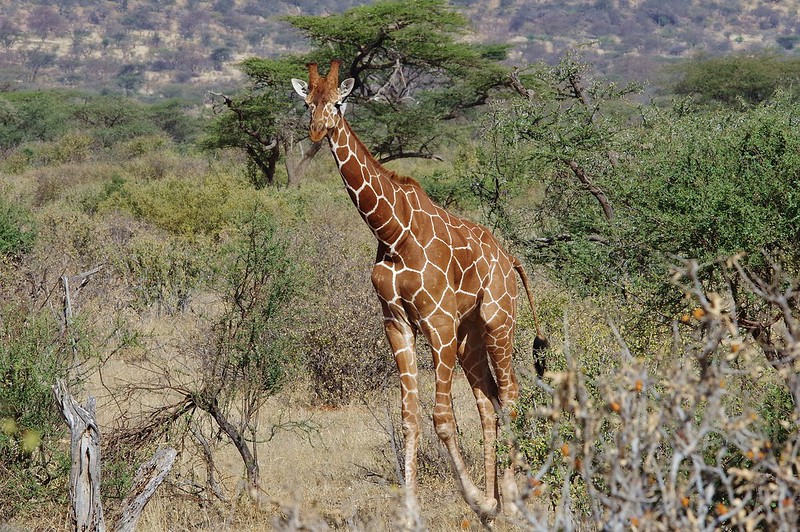
Giraffa camelopardalis is its scientific name.
THE MALES WEIGHT IS 1,930 KGS (4,254 lbs). Women should weigh 1,180 kilograms (2,601 pounds).
SIZE: From the ground to their horns, they are 5.7 meters (18.7 feet) tall.
Life span: 10 to 15 years on average in the wild, up to 30 years in some cases.
HABITS: From dense forests to wide open fields
FOOD: They eat plants.
AGE: Thirteen to fifteen months
People, lions, leopards, hyenas, and alligators are all predators.
Between 3.5m and 5.2m tall, it is the world’s tallest land animal. Its long neck and legs help it scare off enemies. It has a tough, long tongue that can eat thyme trees and bushes. It eats tall trees.
Acacia leaves are their main food source, and they eat them at heights that most other animals can’t reach. Lions are known to eat giraffe babies, but leopards, hyenas, and wild dogs will also do so.
THE AFRICAN WARTHOG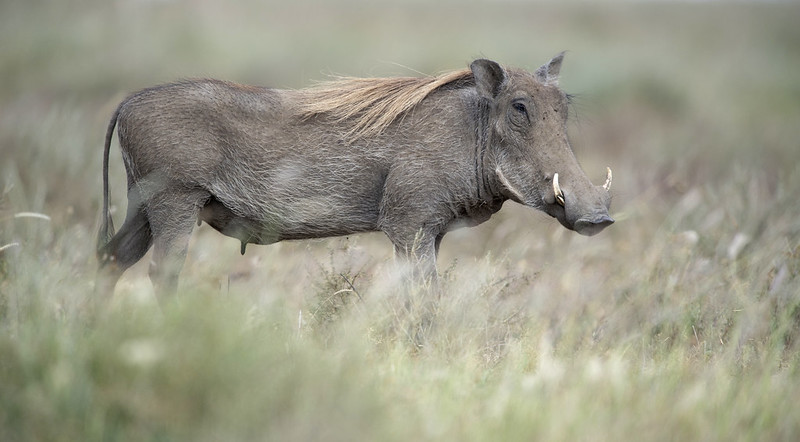
NAME OF THE SCIENCE:
Desert and cape warthogs are called Phacochoerus aethiopicus, and common warthogs are called Phacochoerus africanus.
Weight: between 50 and 150 kg (110 to 330 lb)
Length: 90 to 150 cm (35 to 60 inches)
LIFE SPAN: 15 to 18 years in the wild, 20 years in a zoo.
LIVING AREAS: Savanna
OVOME: Omnivorous
STAGE: Around 6 months
PREDATORS: hyenas, lions, leopards, people, and alligators
In East Africa, you can find warthogs in grasslands, savannas, and forests. They are wild pigs. The two sets of tusks that stick out from the mouth and curve upwards make a warthog easy to spot. When the mouth opens and closes, the lower pair, which is much shorter than the upper pair, rubs against the upper pair and gets very sharp.
A lion, a cheetah, or a hyena will only hurt a big guy. When they feel threatened, warthogs run for their dens and turn around while cutting the ground with their tusks.
THE AFRICAN WILDEBEEST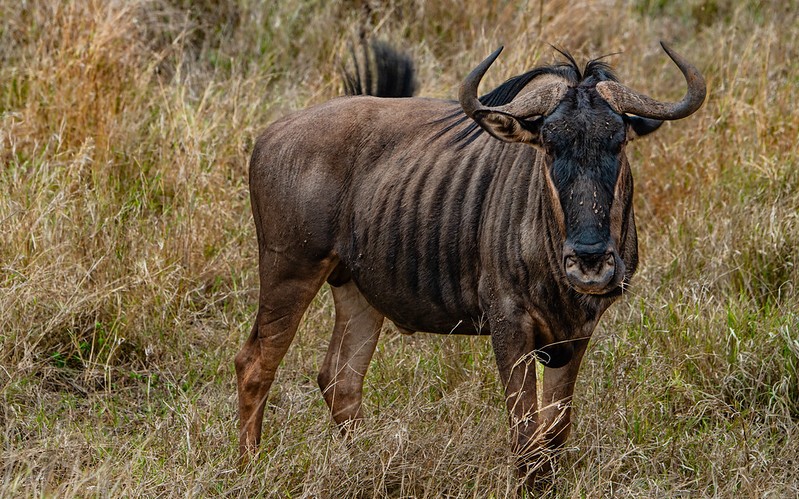
CONNOCHAETES taurinus is its scientific name.
WEIGHT: 118 to 270 kg (595 to 895 pounds)
LENGTH: 123 cm (48 inches)
20 years in the wild
HABITAT: Open woods and grassy fields
FOOD: They eat plants.
8.5 months of pregnancy
PREDATORS: hyenas, lions, cheetahs, and hunting dogs
These animals, which are also known as gnus,The blue wildebeest is the most common big game animal in East Africa. Some groups move to new grazing grounds every year, but the black wildebeest just moves from place to place.
It only takes a short time for both to breed at the end of the rainy season. The calves are soon active and can move with the group.
KIRK’S DIK DIK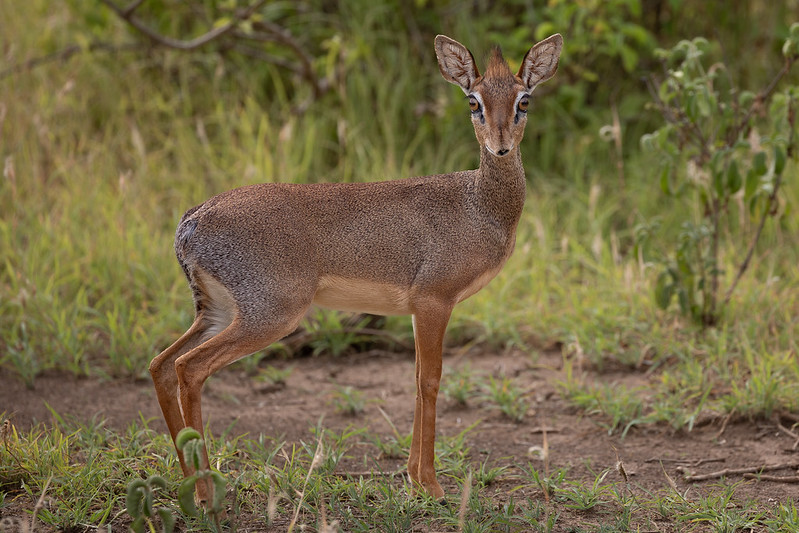
Madoqua kirkii is its scientific name.
3 to 6 kilograms (6 to 13 pounds)
30 to 40.5 centimeters at the shoulder 52 to 67 centimeters long (20 to 26 inches)
There is no information on how long they live in the wild, but they can live up to 17 years in captivity.
HABITAT
It goes from dry, thick thorn scrub to thickets and open forest, woodlands along rivers, and open plains.
FOOD: They eat plants.
CARRIAGE: 5 to 6 months
PREDATORS: People and many small animals
The color of Kirk’s dik-diks’ backs varies depending on where they live, but they are usually yellowish-gray to reddish-brown on the back and grayish-white on the belly. Males have horns that are ringed and thick at the base. A tuft of hair on the forehead often hides these horns. These antelopes have beautiful, big, dark eyes with a white ring around them. Their eyes are beautiful, but they do more than just let you see. There is a black spot below the inner corner of each eye that is made up of preorbital glands. They use the smell of this dark, sticky substance that comes out of these glands to mark their territory.
Their long head is what makes them unique. It’s also a natural way for them to cool off, keeping them from getting too hot, even in temperatures as high as 40°C (104°F). It also cuts down on their need for water.
This species is still found in a lot of places where it used to be common. Kirk’s dik-diks live in two different areas of Africa. In East Africa, they live from southern Somalia to central Tanzania. In Southern Africa, they live from northern Namibia to parts of southwestern Angola. They like to live in places that have a lot of cover but no big plants. When the grass gets too tall and blocks their view, they move to different areas.
AARDVARK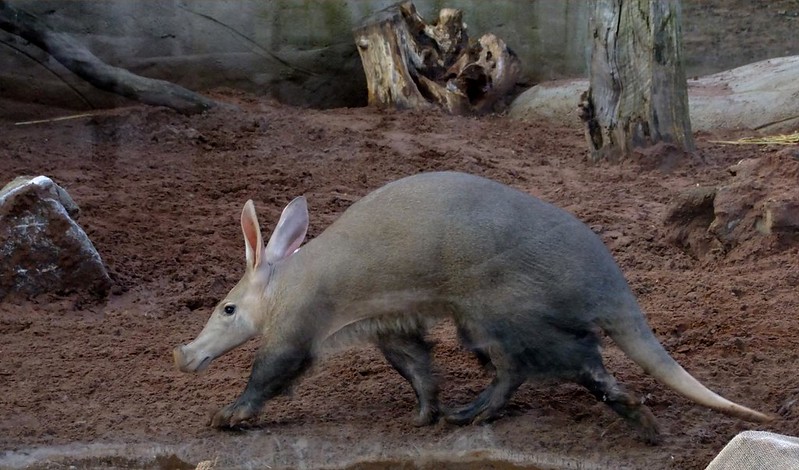
ORYCTEROPOS afer is its scientific name.
Weight range: 39 to 82 kg (88 to 181 pounds)
SIZE: It’s about 3 to 5 feet long, or 1 to 1.5 meters.12 inches (24 cm) at the shoulder
18 to 23 years in the wild
HABITAT: All types of savanna, rainforests, woods, and thickets
DIET: It eats insects and myrmecophagous
STAGE: Usually 7 months
People, lions, leopards, hyenas, and pythons are all predators.
The aardvark and the African elephant are both animals, but they are not related to anteaters, even though they look like each other. Their bodies are strong, big, almost smooth, and have an arched back. Their necks are short. Their legs are not the same length; the ones in the back are longer than the ones in the front. They have long heads with narrow, long snouts that stick out and openings that can be closed. Their ears are long and tube-shaped. They stand straight up, but they can be folded in half and shut. Their tails are short and strong, and they are tapered into cones. The claws on their front feet are thick and good for digging.
AFRICAN WILD DOG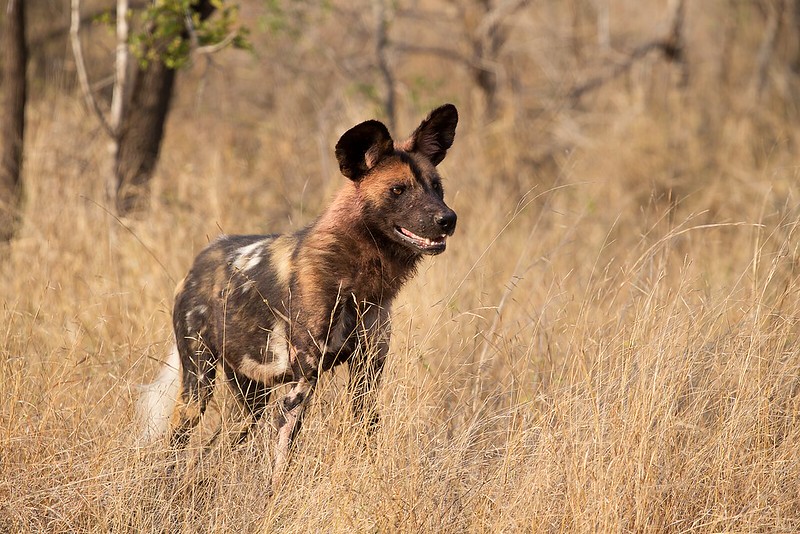
Lycaon pictus is its scientific name.
Weight: between 18 and 36 kg (40 and 79 pounds)
LENGTH: About 1 meter (30 to 43 inches)
10 to 12 years of life
HABITS: From dense forests to wide open fields
DIET: They eat meat.
It takes about 70 days to grow.
PREDATORS: People and sometimes lions
It is sometimes called the hunting dog or the African painted dog. The wild dog has a colorful, patchy coat, big ears that look like bat ears, and a thick tail with a white tip that may be used as a flag to keep the pack together while hunting. Because each wild dog is marked differently, it is easy to tell which one is which.
Along with gazelles and other antelopes, warthogs, wildebeest babies, rats, and birds are some of the things they hunt. In the same way that most predators do, they help keep the balance of nature and improve food species by killing sick or weak animals. At up to 35 mph, they can run for a long time. Wild dogs are possibly the best hunters of all the large carnivores because their prey rarely gets away.
The number of people living in a pack of African wild dogs varies, but it can have up to 40 dogs. Before the current drop in the population, packs of up to 100 were seen. These dogs have a special way of getting along with each other within the pack. They work together to take care of the hurt or sick members of the pack. There isn’t much fighting within the pack, and no one in the social order is likely to scare anyone else. Every hunting pack has two dogs that are in charge. Most of the time, they are the only couple that stays together forever. Wild dogs can also make a lot of different sounds, such as an alarm bark, a gathering howl, and a bell-like contact call that can be heard from far away. Birds tweet and whine as they go through complicated greeting routines.
BABOON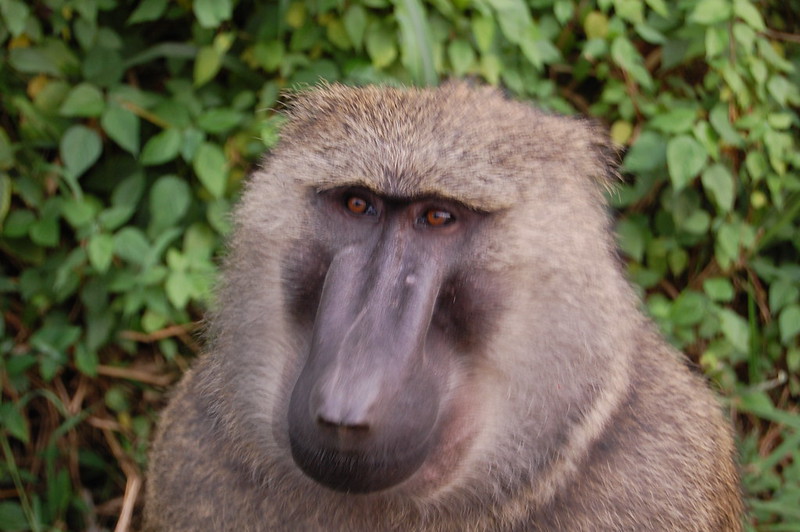
Olive baboon (Papio anubis) is its scientific name. The yellow baboon is Papio cynocephalus, and the sacred baboon is Papio hamadryas. Papio ursinus, the Chacma baboon Papa papio, or Guinea baboon
WEIGHT: Between 9 and 31 kg (20 and 70 lb)
50 to 76 cm (20 to 30 inches) at the shoulder
20 to 40 years of life
HABITAT: Woods and savannas
OVOME: Omnivorous
STAGE: Around 6 months
People, leopards, and cheetahs are all predators.
They are some of the biggest monkeys in the world. The olive, the yellow, the chacma, the Guinea, and the sacred baboon are the five kinds of baboon that live in different areas of Africa and Arabia. The olive baboon is the baboon species that lives in the most places. Like other monkeys from the Old World, the baboon doesn’t have a prehensile tail, which means their tails don’t work like hands. However, they can still move when they need to. All of them have thick fur, strong jaws, sharp canine teeth, and faces that look like dogs. A ruff is the longer hair that grows around a male’s neck.
These monkeys eat everything, so they can be fed almost anything. A lot of what they eat is grass, but they also eat berries, seeds, pods, flowers, leaves, roots, bark, and sap from different plants. Along with bugs, they eat small amounts of meat from fish, crabs, hares, birds, vervet monkeys, and small antelopes. It has been seen that chacma baboons can go without water for 11 days or more. They usually live in dry, sandy areas. There is a benefit to living in savannas where other monkeys don’t go because all of them can survive on grass alone.
They sleep, move, eat, and hang out with each other in groups of about 50. When looking for food, yellow baboons usually go in large, well-spaced groups that can have up to 300 animals. Most of the time, these groups have seven to eight males, about twice as many females, and their young. The troop is made up of a family unit of adults and young people. As males grow up, they will leave their birth troops and move in and out of other troops.
BUSHBUCK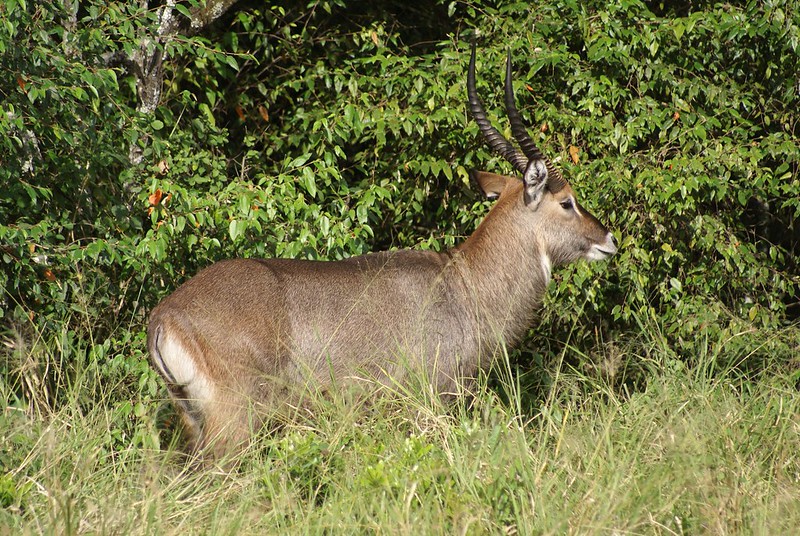
Tragelaphus scriptus is its scientific name.
WIGHT: Between 25 and 80 kg (55 and 180 lb)
HEIGHT: 0.5 to 1 meter (25 to 40 inches)
LIFE SPAN: About 15 years inside a cage. There is no evidence for out in the wild.
HABITAT: Anywhere there is enough cover, like along the edges of forests or in brushy areas near rivers and streams.
FOOD: They eat plants.
STAGE: About six months
People and any big carnivore, mostly leopards, are considered predators.
In addition to their stripes, bushbucks have geometrically shaped white spots on their ears, chin, tail, legs, and neck, which are the parts of their bodies that move the most. The males have horns that are 10 to 20 inches long and grow back straight. Male babies start to grow horns at 10 months. At full size, these horns are strongly twisted and make the first turn of a spiral.
They need water, but if they have to, they can live on dew. Different environments have different foods, but most of the food is made up of leguminous herbs and shrubs. If fruit falls off, they may also eat grass, acacia pods, roots, bark, and flowers.
They are the least social of the African antelopes and usually live alone. Except for a female and her new young, most group relationships are short-term and only last a few hours or days. Their home areas aren’t very big, and they may share them with other bushbucks. People still don’t talk to each other very often because adults prefer to stay alone in their own places. Adult men usually do everything they can to stay away from each other. They are also not possessive, but they will protect a place where a female is in heat.
The mother cleans and hides the new calf after giving birth. She eats the animal’s poop when she visits and feeds it, so there is no scent left to draw animals that might be hungry. The calf doesn’t spend a lot of time with its mother during the day until it is about four months old. A mother and her calf often play together by chasing each other around in circles.
Bushbucks are most busy in the early morning and early evening, but in places where they are likely to be seen a lot during the day, they become almost completely nocturnal. People behave in different ways when they are scared. They may freeze in place and stay very still if they are in the forest or thick brush, letting their color help them blend in. They will sometimes fall to the ground and lie flat, or they will run away while barking loudly. If they are caught off guard out in the open, they may stop moving or move slowly to the nearest cover.
CHIMPANZEE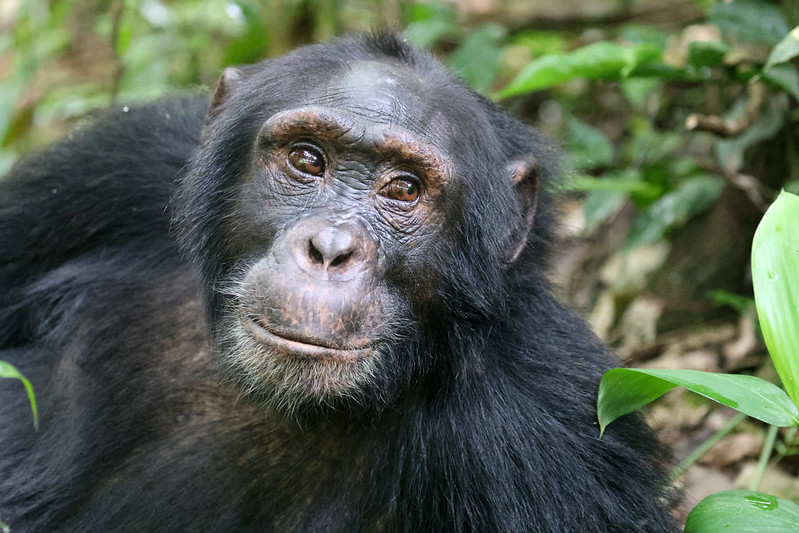
Pan troglodytes is its scientific name.
Weight range: 25 to 70 kg (57 to 154 lb)
SIZE: It’s about 1.2 meters tall.
LIFE SPAN: Not known, but thought to be up to 50 years
HOSPITAL: Lowland woods, swamp forests, savanna woodlands, and forests
OVOME: Omnivorous
BEGINNING: 6 to 8 months
PREDATORS: People and cats
You can divide chimpanzees into four groups: the western chimp, the Nigeria-Cameroon chimp, the central chimp, and the eastern chimp. This great ape is very close to us genetically; we share about 98% of their genes. Their bodies are thick, their legs are short, their thumbs can move in different directions, they don’t have tails, and their arms are 1.5 times their height and reach past their knees. They have long black hair on most of their bodies, but their face, ears, fingers, and toes are bare.
It’s said that they are smart, interested, noisy, and social. Living in open groups, chimps can have anywhere from ten to more than one hundred people. Dogs can share a home range that they keep safe from other dogs, and they will sometimes go foraging for food together. They have complicated habits, many of which they have learned, and can make and use tools, solve problems, and plan for what they think will happen. People have even seen them using plants as medicine for a wide range of illnesses.
Chimpanzees touch each other a lot and sometimes kiss. They also kiss and groom each other. Most of the time, an adult spends a lot of time with a close friend. Adult men in a group seem to have the strongest relationships with each other. These guys spend a lot of time with each other and groom each other four times more than girls do. Male chimps and female chimps help each other take care of their young and give them lots of love. The older people in the group are usually very patient with kids who are being active, just like grandparents. For them, social care is an important part of social life. Grooming not only gets rid of ticks, dirt, and dead skin cells from the hair, but it also helps people make and keep friends.
As soon as they wake up from their tree nests for the night, they are very hungry and eat fruits, leaves, buds, and flowers. After a while, they become pickier about what they eat and will pick the ripest food. They pick food with their hands most of the time, but they eat berries and seeds right off the stem with their lips. Every day, they spend between six and eight hours looking for food, and they eat up to 80 different kinds of plants. They will sometimes eat meat, like young antelopes or goats, to add to their diet. But other primates, like young baboons, colobus monkeys, and blue monkeys, are what they eat most often.
HIPPOPOTAMUS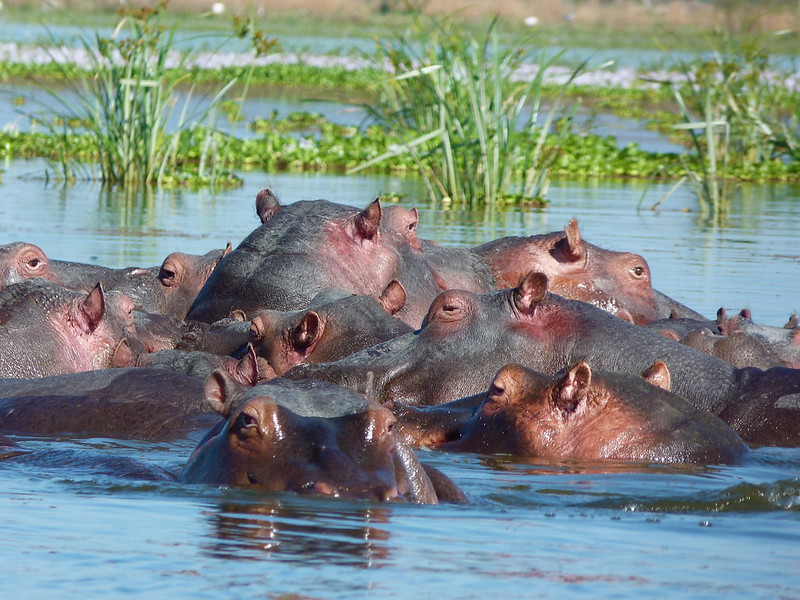
The common hippo is Hippopotamus amphibius, and the pygmy hippo is Choeropsis liberiensis.
Both types of hippos weigh between 1.4 and 5 tons, and between 160 and 275 kilograms (352 to 606 pounds).
The common hippo is 2 to 5 meters long (6 to 16.5 feet) and stands about 1.5 meters tall (5 feet). The pygmy hippo is 1.5 to 1.75 meters long (about 5 feet) and stands about 1 meter tall (3 feet).
LIVES UP TO FIFTY YEARS IN THE WILD
Wetlands, rivers, and swamps are where they live.
FOOD: They eat plants.
The average gestation period for a common hippo is 10 months, and for a pygmy hippo it is 6.5 months.
People, lions, alligators, and hyenas are the predators.
Hippo is the animal that kills more land mammals than any other. The dangerous animal with sharp teeth is thought to kill 500 people a year in Africa. Hippos can kill a person with their weight, which is between 3,000 and 9,000 pounds.
Hippos come in two types: the big or common hippo and the pygmy hippo, which is smaller. After elephants and white rhinos, hippos are the third largest land animals that are still alive. Even though they look big and bulky, they have evolved to be able to move quickly on both land and water because they live in semi-aquatic habitats.








